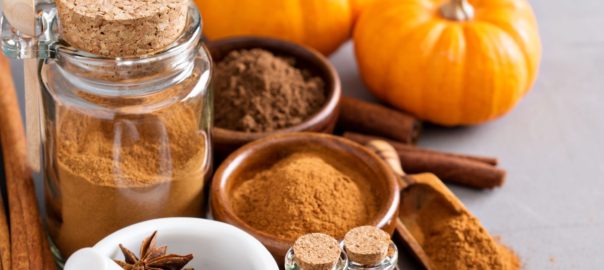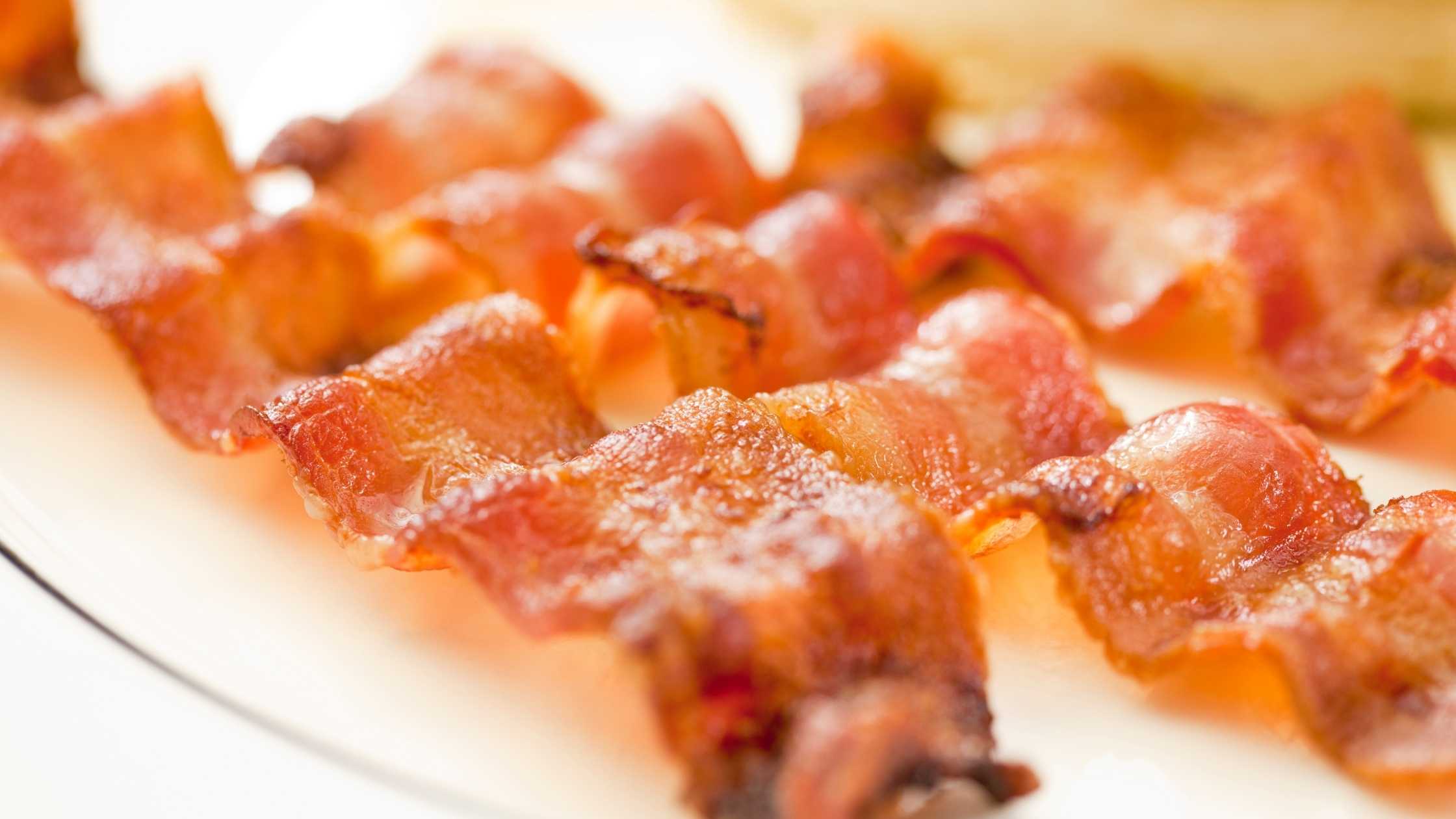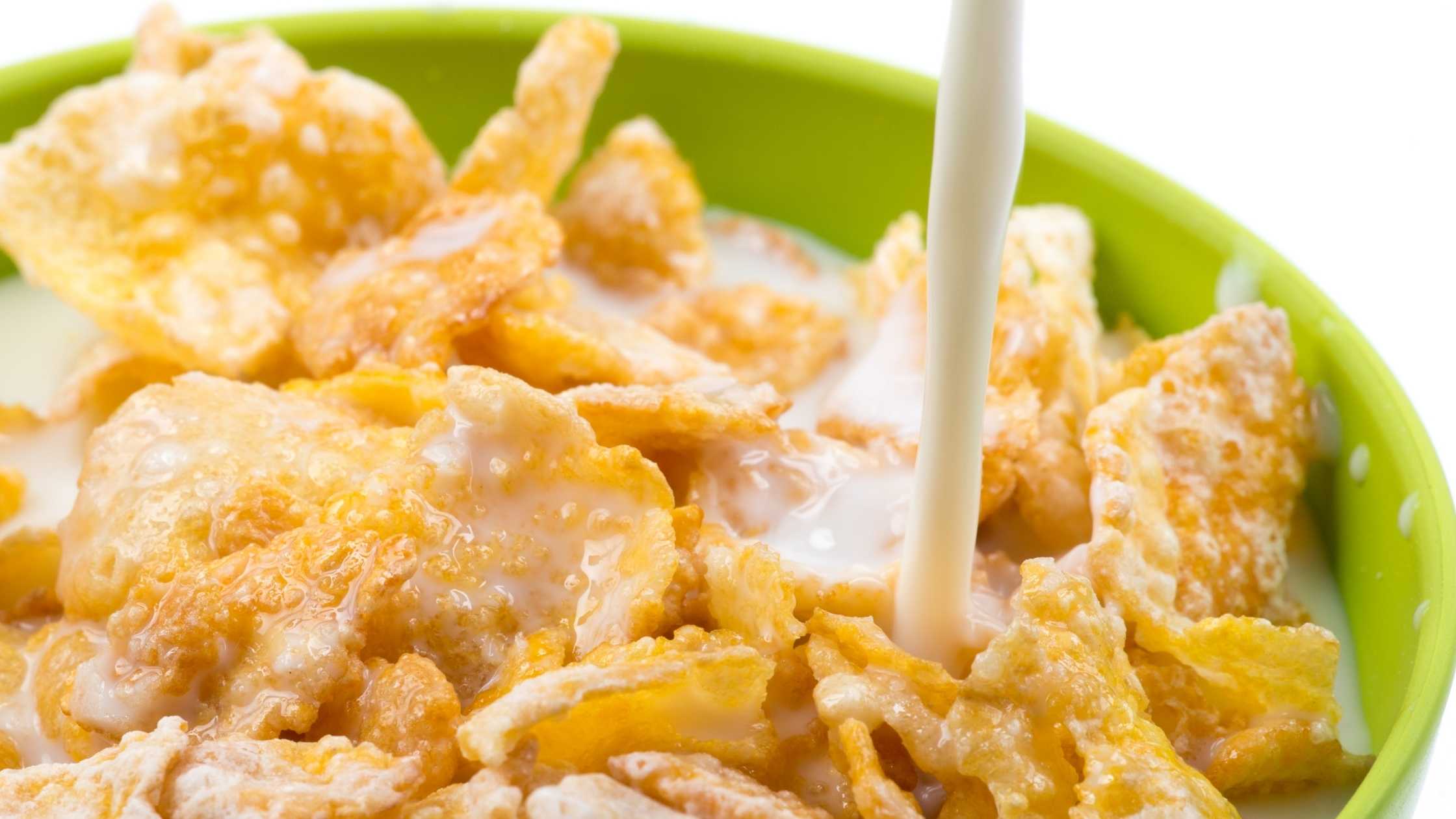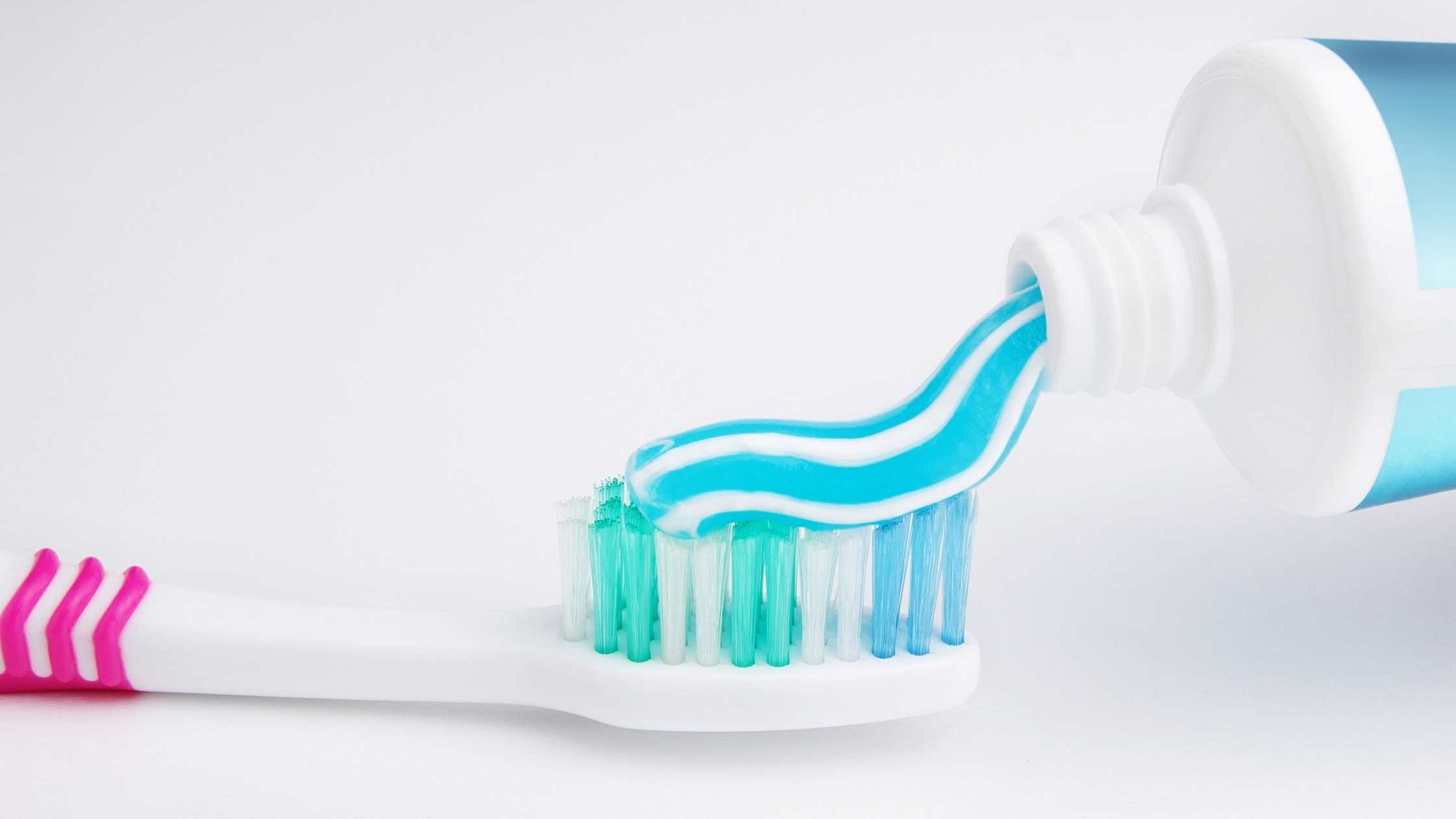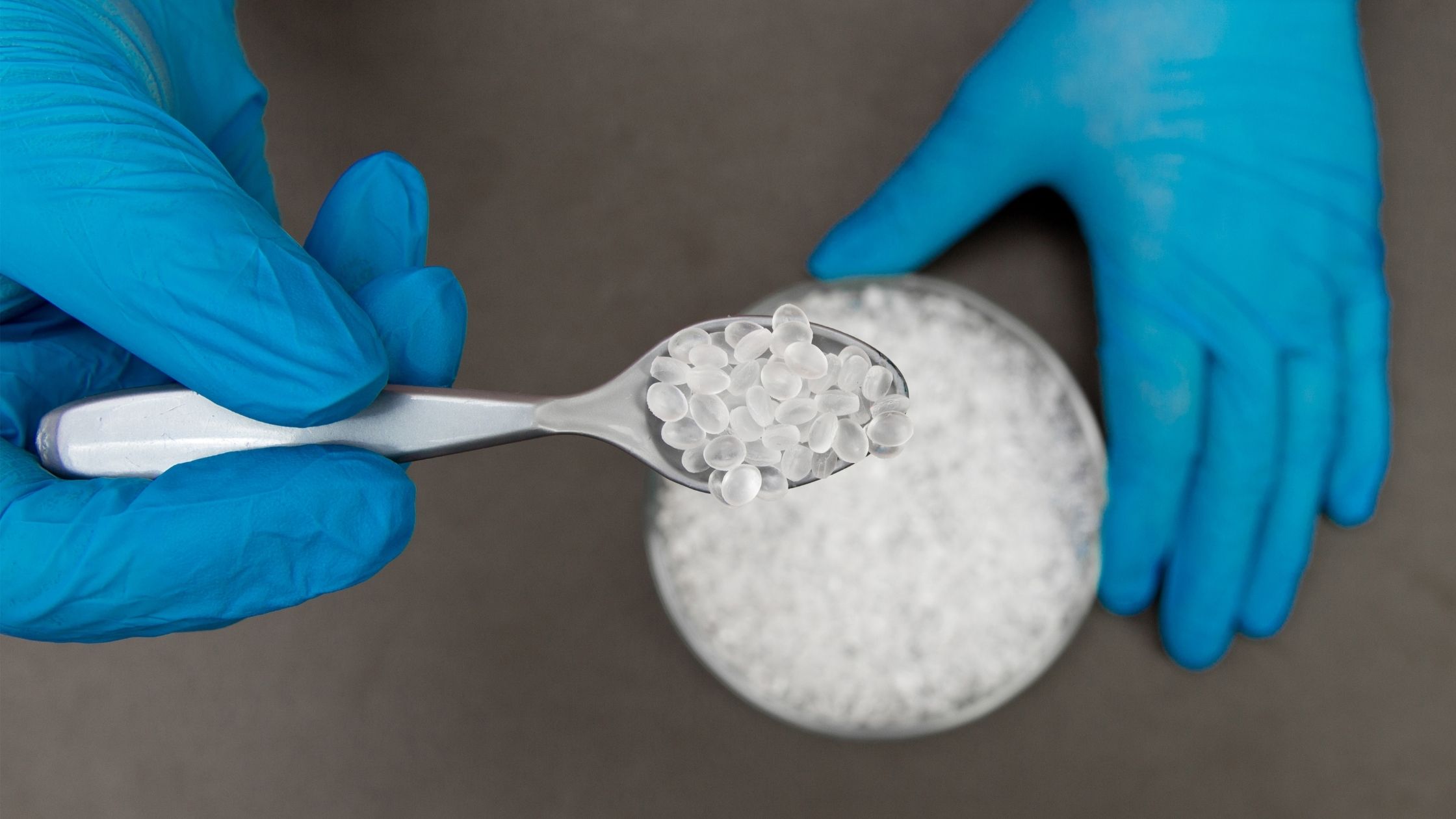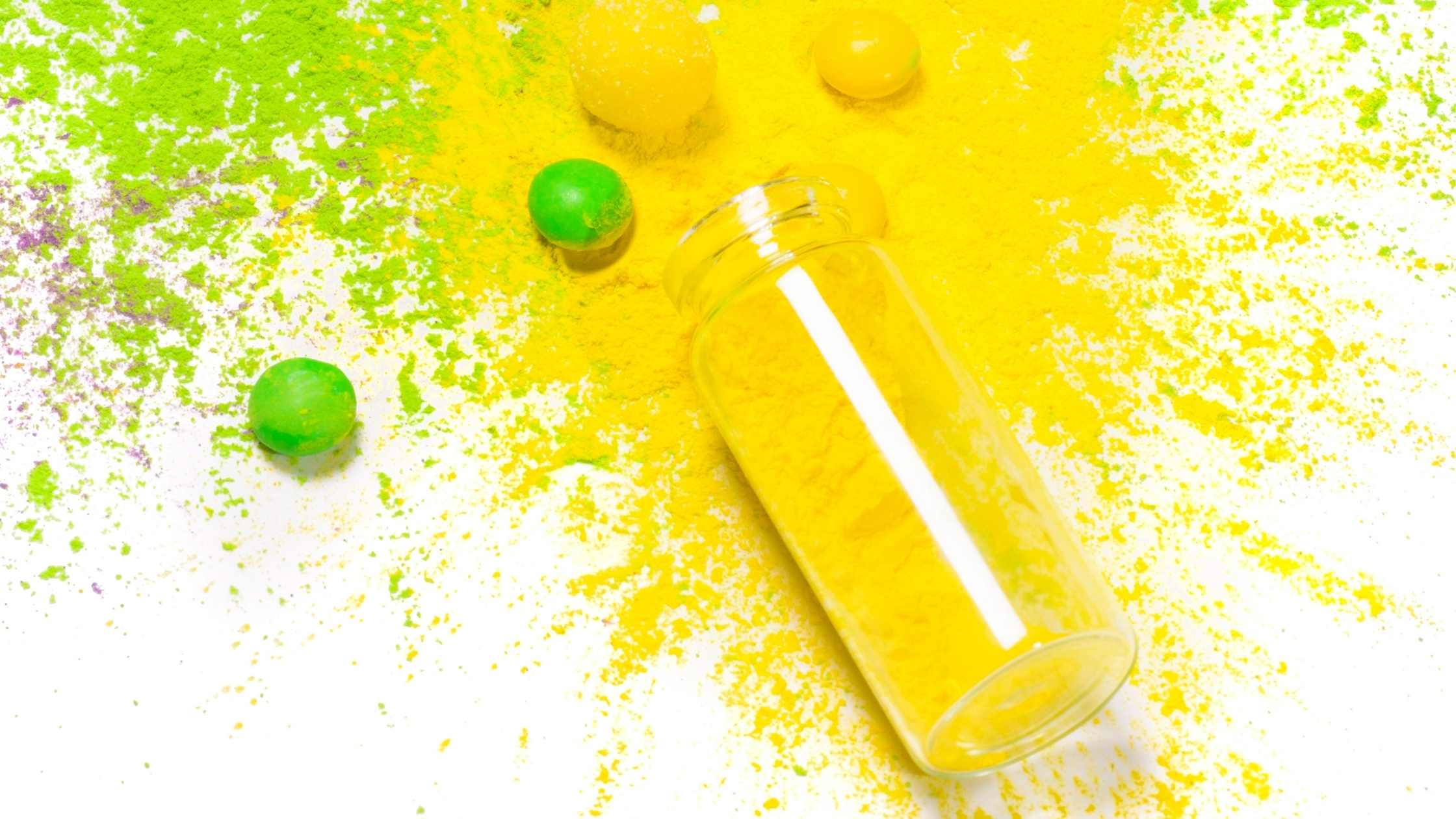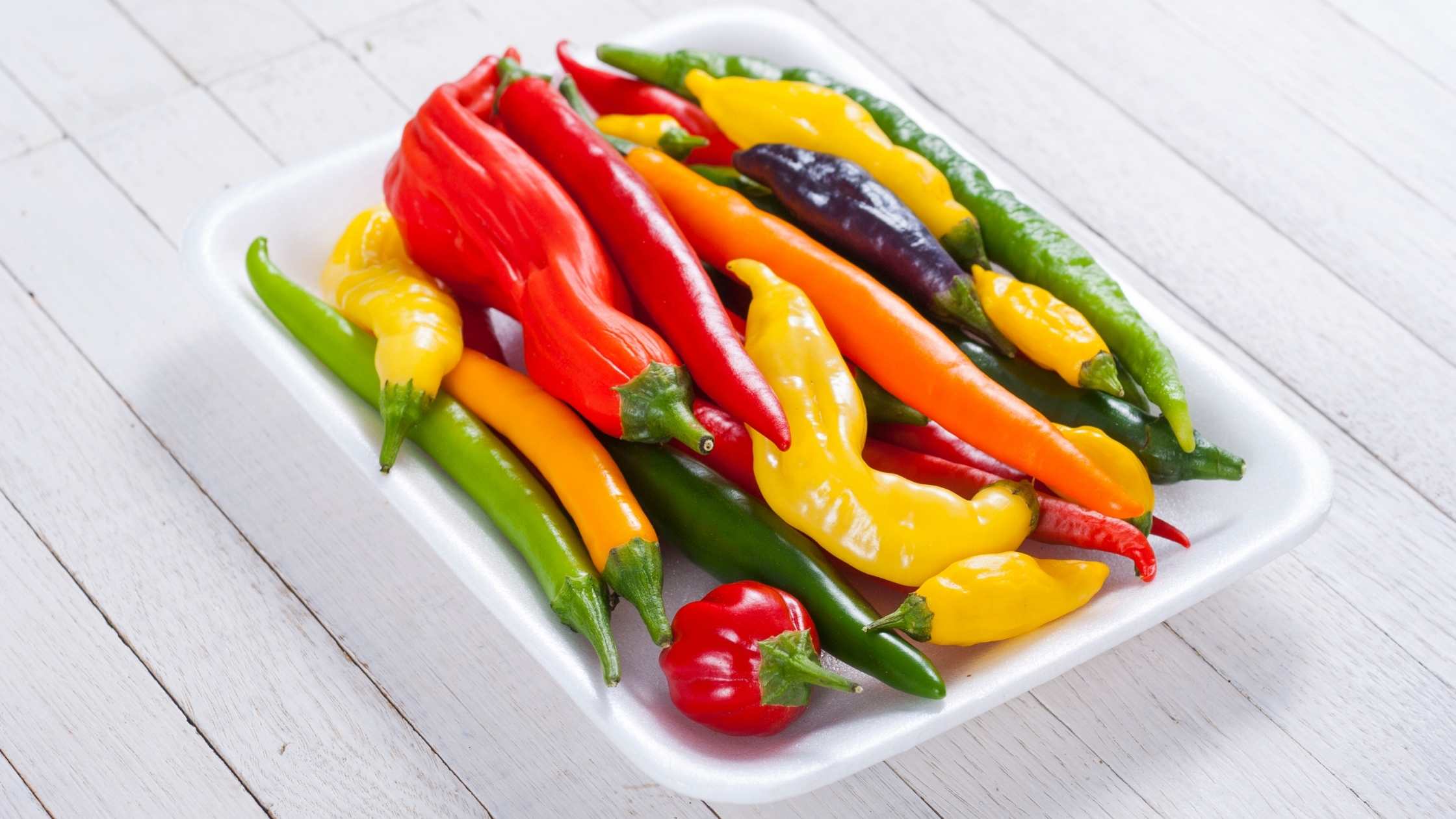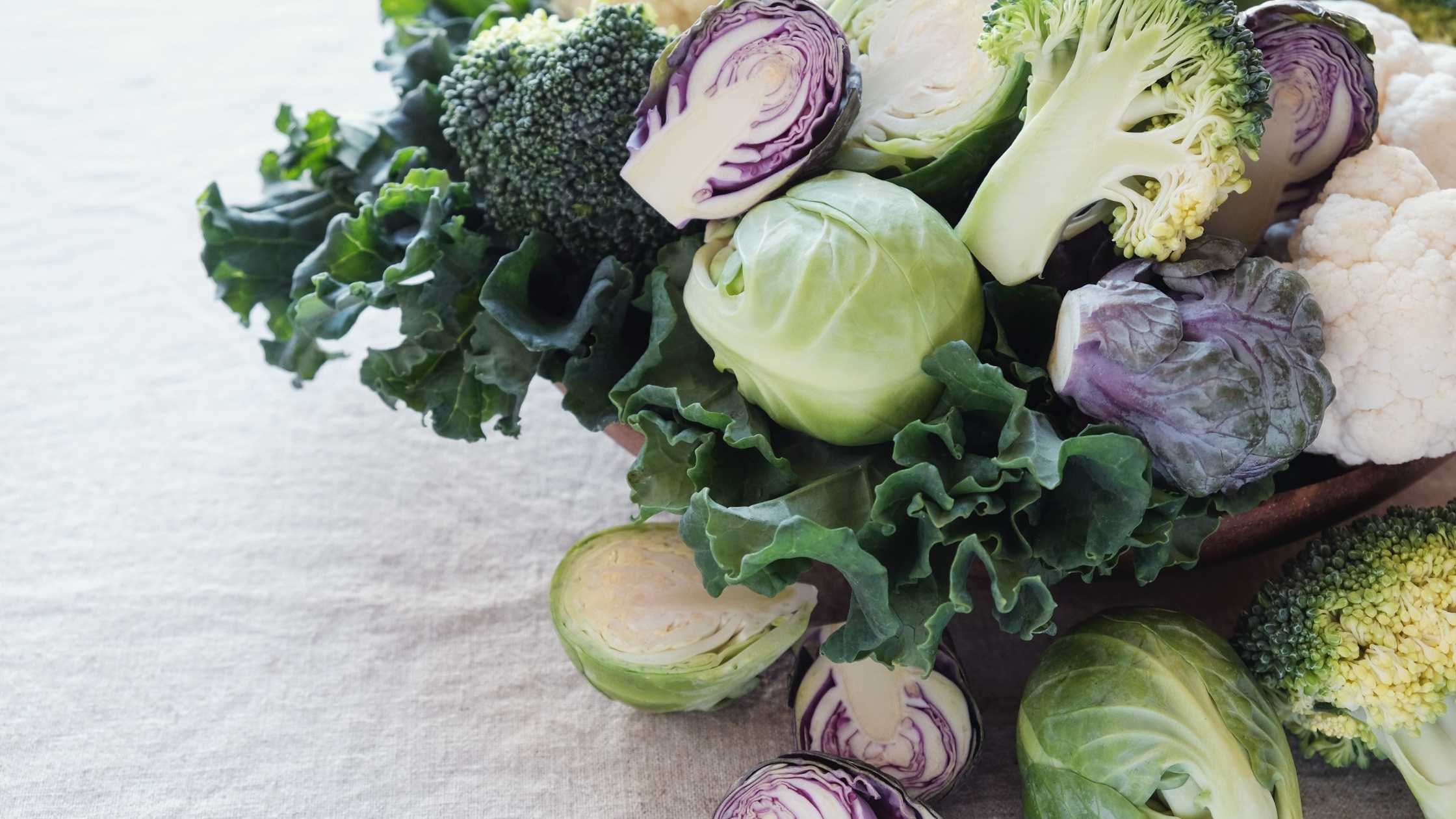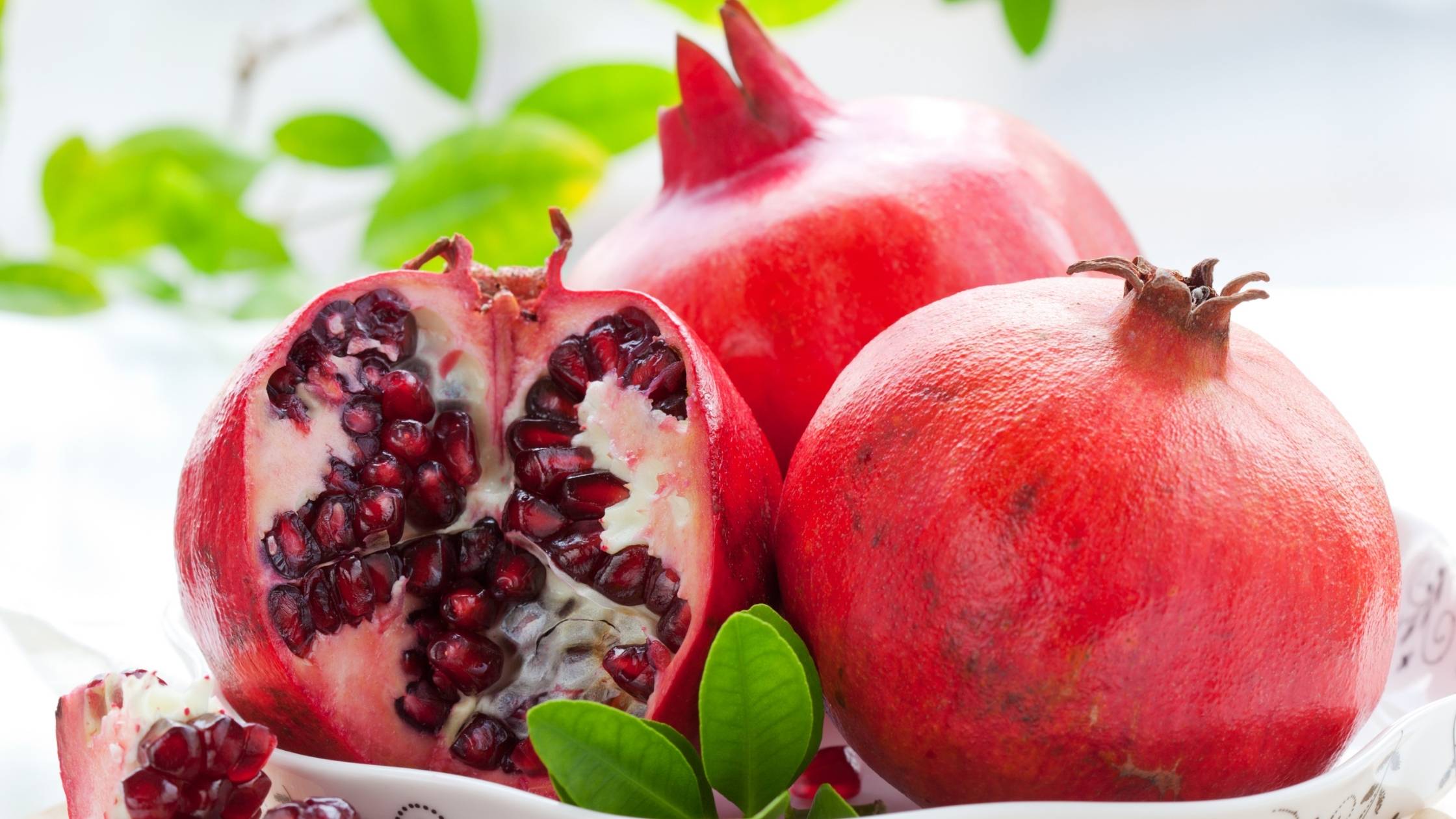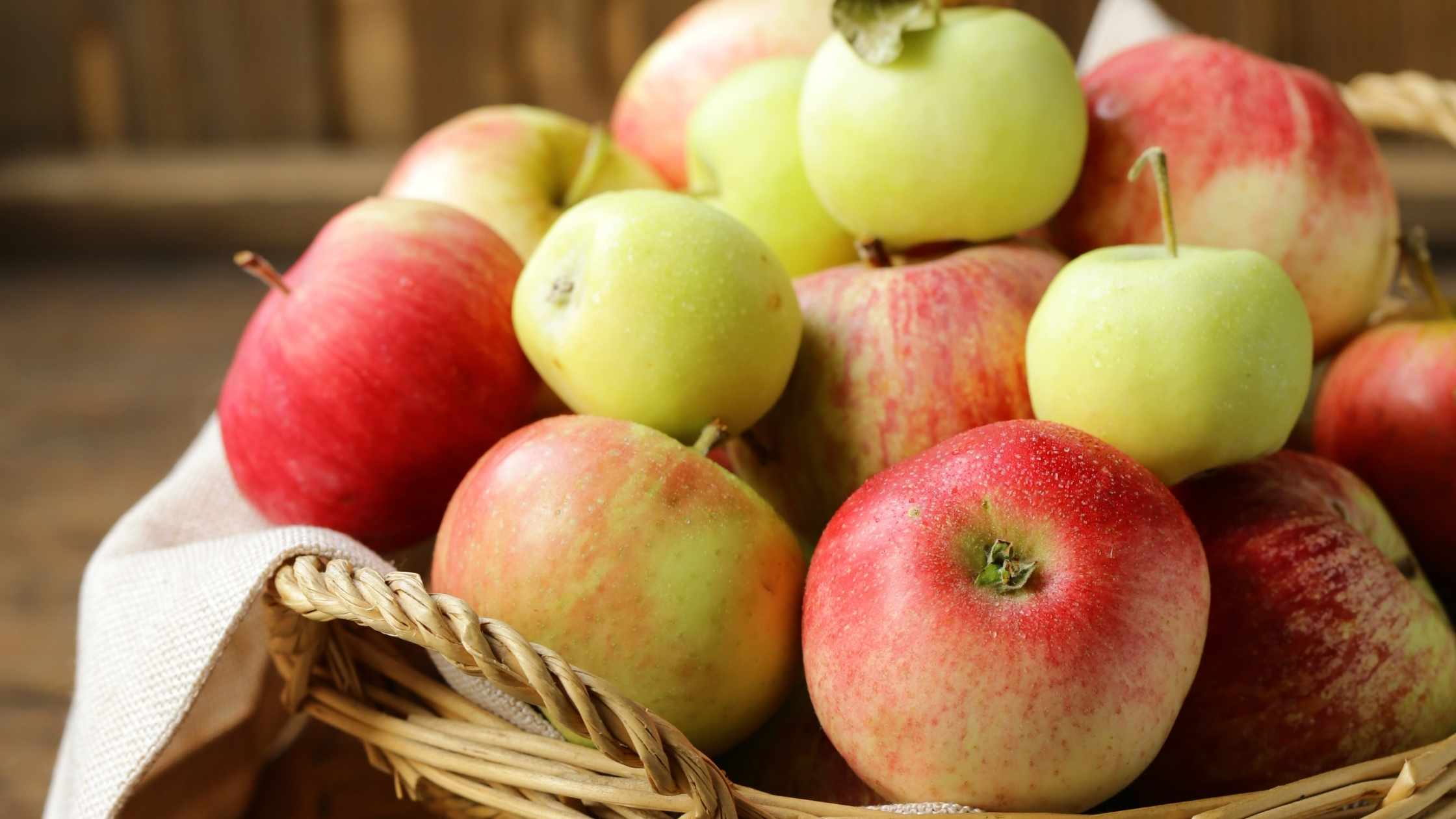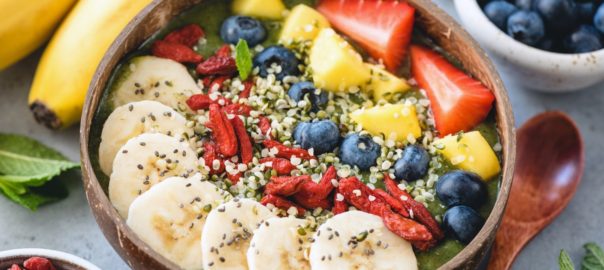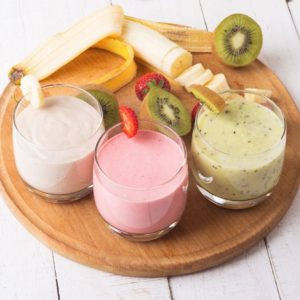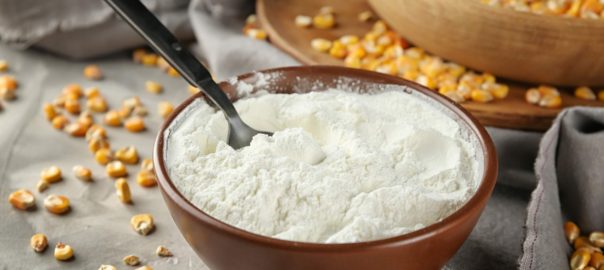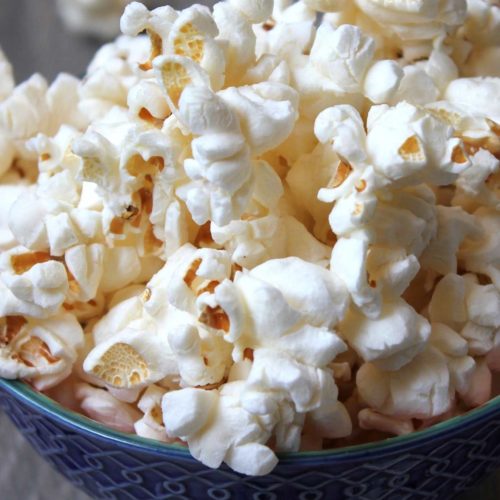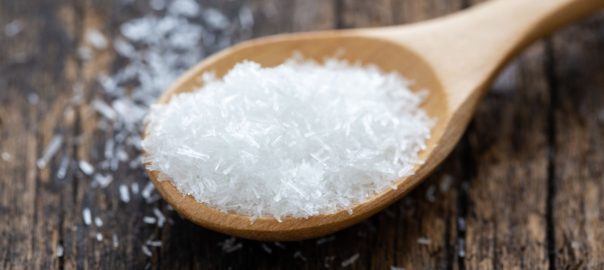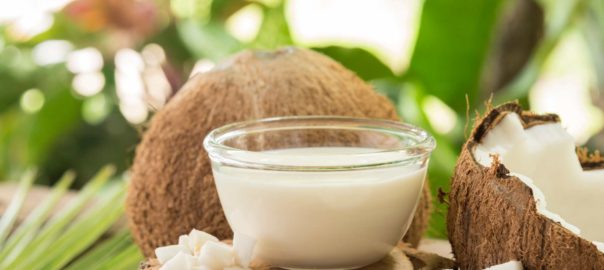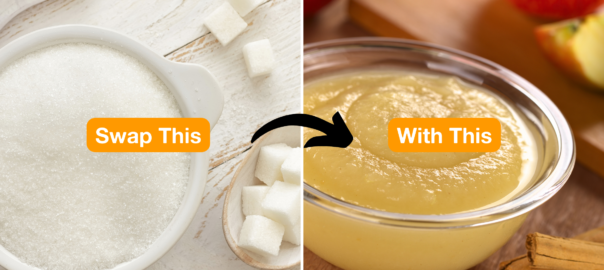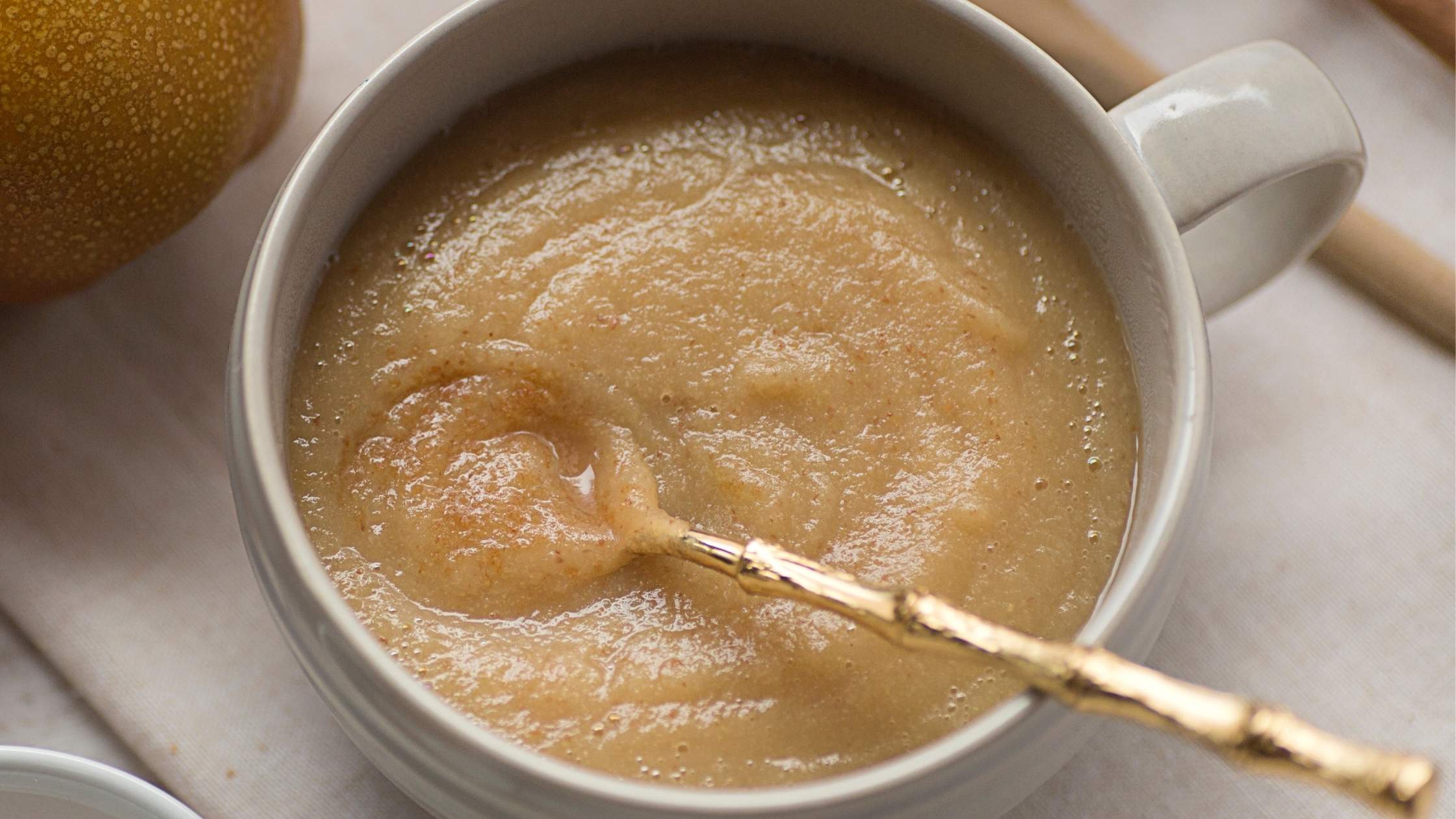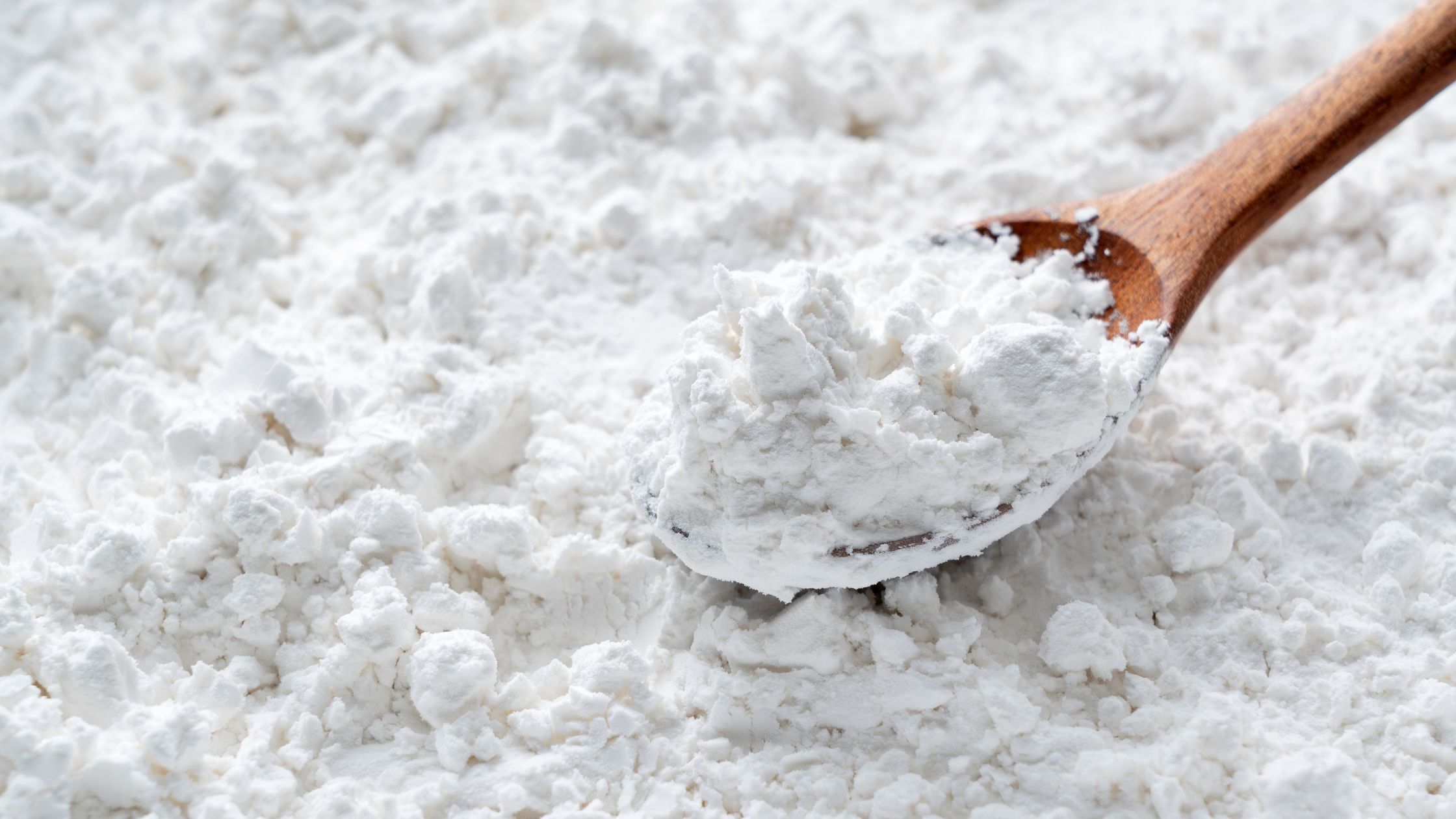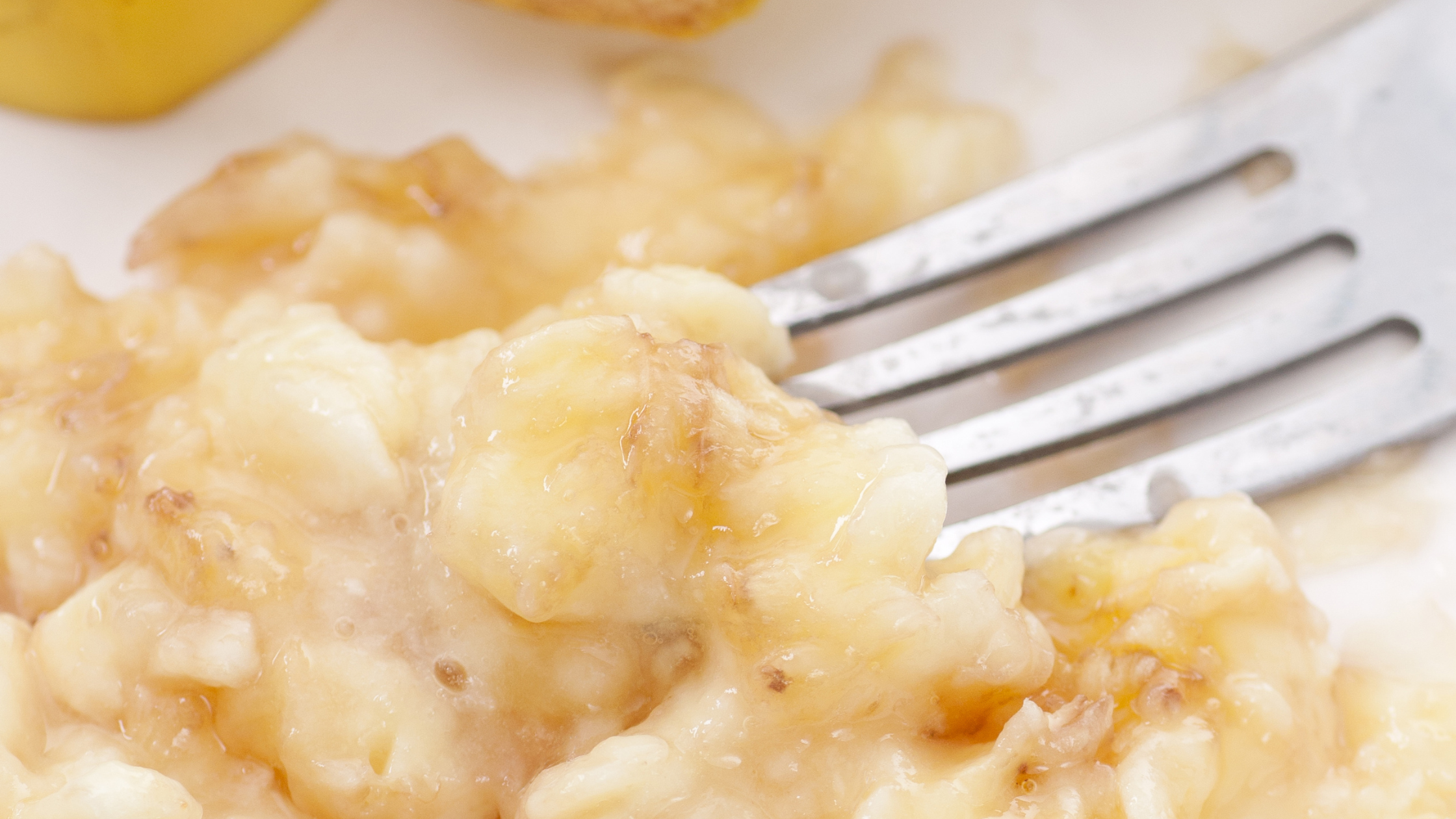It’s that time of year again…we’re being inundated with pumpkin spice! Pumpkin spice lattes were just the beginning; the pumpkin spice trend seems to get more popular every year. No longer just for coffee; you see pumpkin spice everything – brownies, cookies, savory foods, sweet recipes, you name it and manufacturers are trying to pumpkin spice it.
So, what exactly is pumpkin spice? Here is some information about the combination of spices that make up this mix and how you can use it.
The Pumpkin Spice Blend
Probably the most common question asked about pumpkin spice is – what is it?
If you’re in the spice aisle of the grocery store you may see bottles labeled either ‘pumpkin spice’ or ‘pumpkin pie spice.’ Chances are they are the same or very similar. It turns out there is no exact measure for the combination of spices that make up pumpkin spice, rather it’s a mix of traditional seasonal spices.
Typically the blend includes cinnamon, ginger, nutmeg, and cloves. Some blends may also include allspice. These are all considered warming spices. They’re also considered to be highly antioxidant, anti-inflammatory and some, like cinnamon, have even been shown to lower blood sugar.
DIY Spice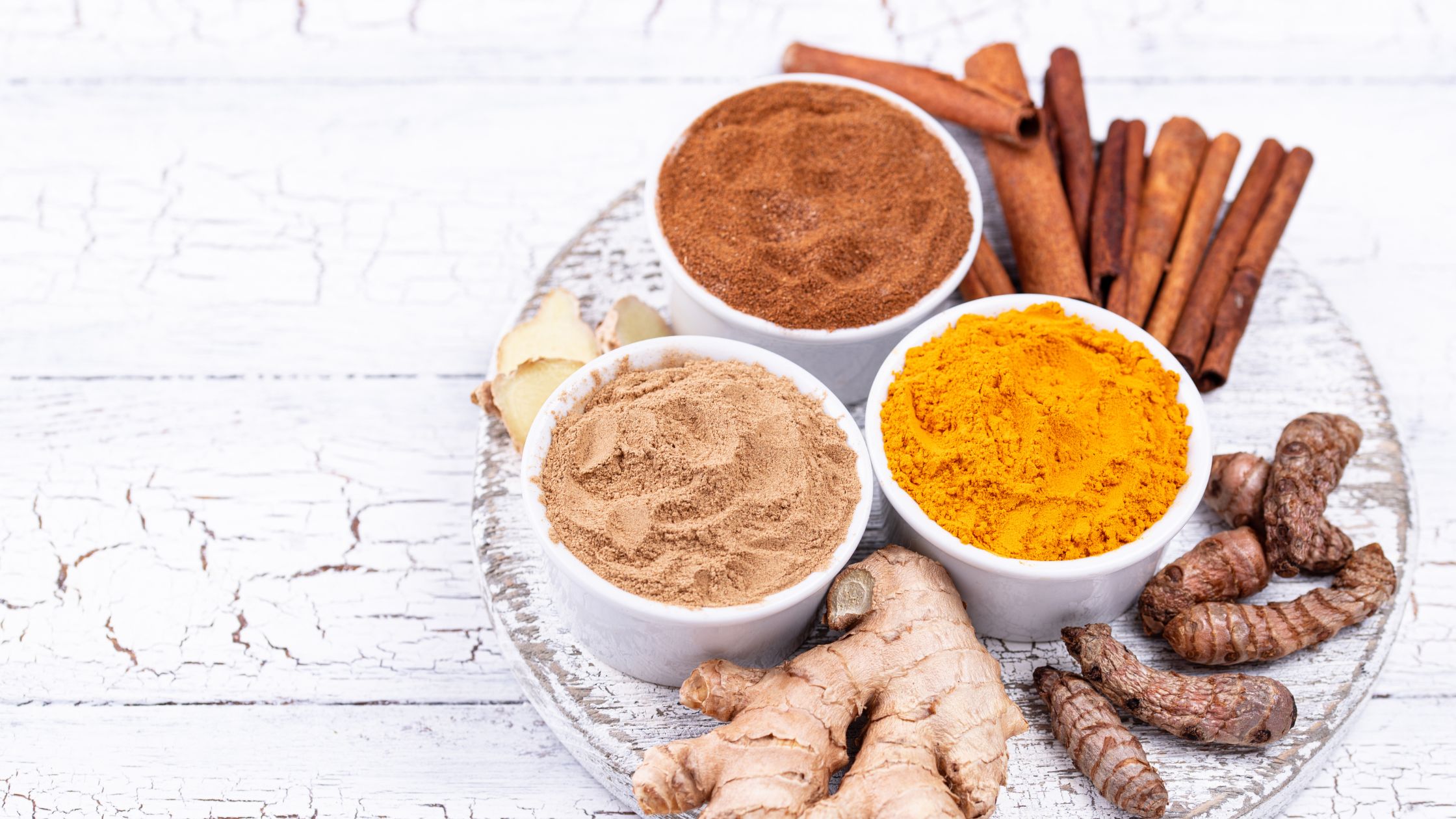
You can buy a jar of pumpkin spice. That’s the fast and easy way to do it. But if you want to customize your blend, making it at home is the way to go. You can also save a little money as it’s often cheaper to buy your spices individually from the bulk bin aisle than to purchase the pre-mixed jar.
For example, the price breakdown using my recipe below (we don’t use the cloves) goes like this:
Pumpkin Pie Spice - 1.8 ounce bottle = $10.99
Bulk bin:
- Ground Cinnamon – 1 ounce = $1.65
- Ground Nutmeg – 1 ounce = $1.96
- Ground Allspice – 1 ounce = $2.35
- Ground Ginger – 1 ounce = $1.99
For a total of $7.95 at an amount that would make twice the amount as the pre-mixed container. According to my math it’s definitely better to mix your own.
If you make your own, you’re the one in charge of the blend, controlling how much of each spice you use. Perhaps, like me, you leave out the cloves. Or you don’t have allspice, so you skip it. Maybe you’re a fan of nutmeg and want a little extra. There’s no right or wrong except to make your taste buds happy.
Play around with the recipe below to figure out what you like and what works for you. Then make up a batch and keep it handy in your kitchen because there are a lot of things you can do with it.
Using Pumpkin Spice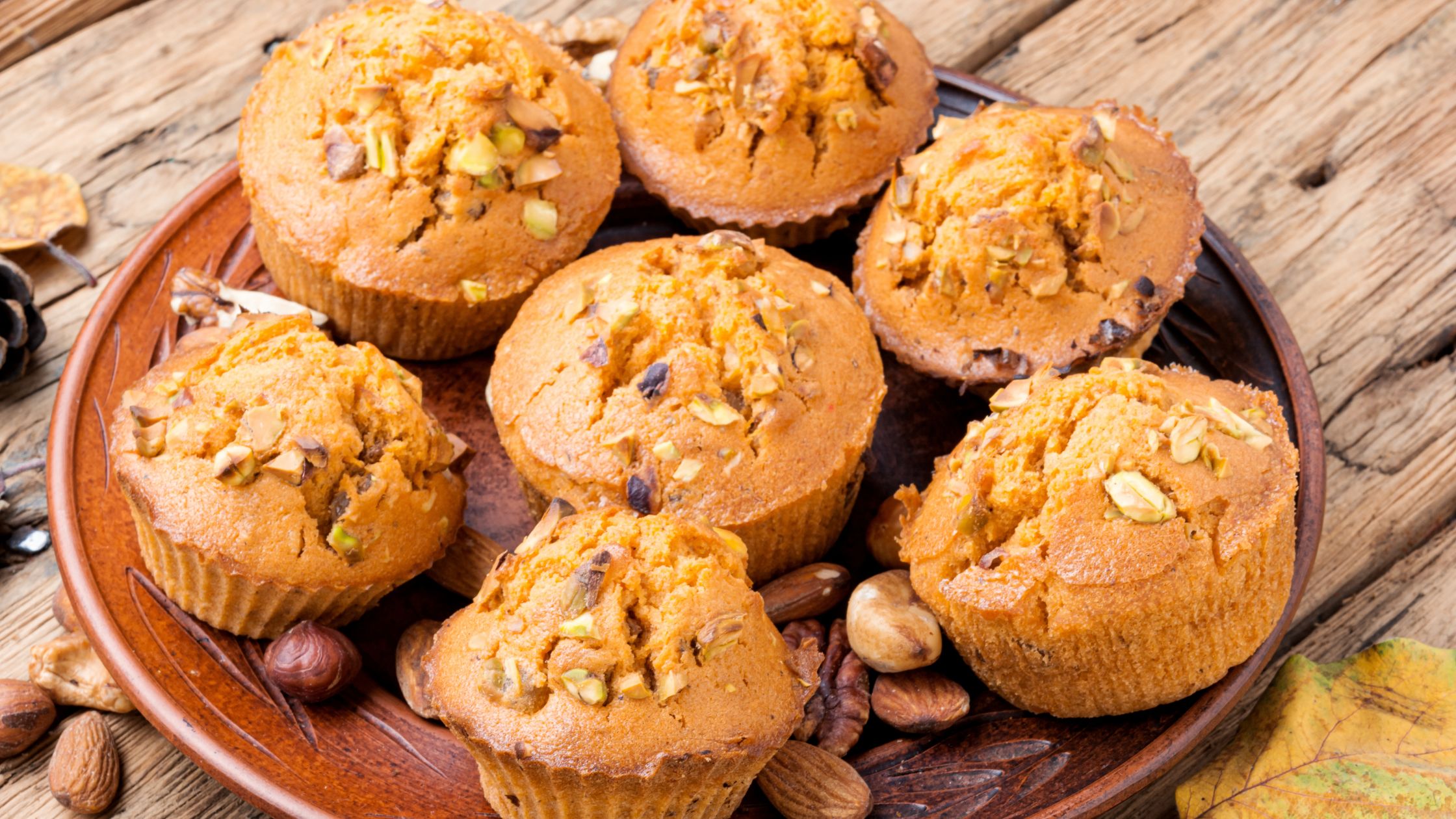
Chances are like most people when you think about pumpkin spice you think Pie and Lattes. But there are so many other ways you can add this delicious blend to your recipes:
- Add it directly to your cream or half and half for a delicious boost
- Fall soups do well with a dash of pumpkin spice
- Oatmeal is wonderful with pumpkin spice and chopped nuts, no sugar needed
- Muffins, cookies, bars, any baked good, give a dash of pumpkin spice a try
- Throw it in a smoothie, especially if it’s got pumpkin in it
- Add a spoonful to your Greek yogurt and a handful of cranberries for fabulous Fall flavor
Have fun with it and enjoy the new tastes of the season when you make your own pumpkin spice blend.
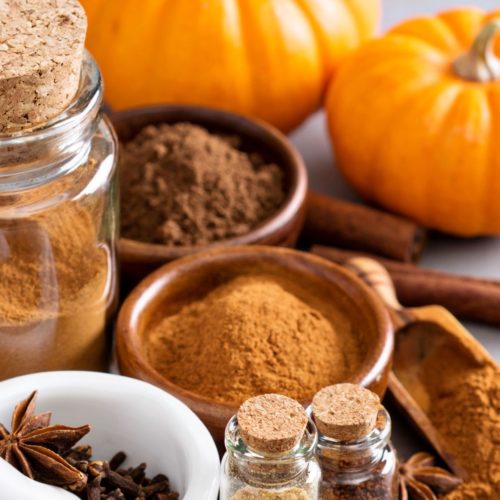
Pumpkin Spice Blend
Ingredients
- 2 Tablespoons ground cinnamon
- 2 teaspoons ground ginger
- 2 teaspoons ground nutmeg
- 1 teaspoon ground allspice
Instructions
- Combine until well mixed. Store in an airtight container for up to 6 months.
[expand title="Sources"]
Intechopen.Com, 2022, https://www.intechopen.com/chapters/80859.
"Ebscohost | 134240970 | Antioxidant, Antimicrobial, And Health Benefits Of Nutmeg.". Web.P.Ebscohost.Com, 2022, https://web.p.ebscohost.com/abstract?direct=true&profile=ehost&scope=site&authtype=crawler&jrnl=09757619&AN=134240970&h=l%2bJJGSBWk4L%2bdC68SNTQuIQN3KzZVq56WRZYYf8Z%2bjNMxni1W%2fhYZx%2fJMiTpJAFltY%2fjtAzc7MXSFA2rrpenMg%3d%3d&crl=c&resultNs=AdminWebAuth&resultLocal=ErrCrlNotAuth&crlhashurl=login.aspx%3fdirect%3dtrue%26profile%3dehost%26scope%3dsite%26authtype%3dcrawler%26jrnl%3d09757619%26AN%3d134240970.
Asianjpr.Com, 2022, https://asianjpr.com/HTML_Papers/Asian%20Journal%20of%20Pharmaceutical%20Research__PID__2021-11-2-7.html.
Journalofsports.Com, 2022, https://www.journalofsports.com/pdf/2021/vol6issue1/PartB/6-1-75-739.pdf. Accessed 18 Sept 2022.
Ma, Run-Hui et al. "A Recent Update On The Multifaceted Health Benefits Associated With Ginger And Its Bioactive Components". Food &Amp; Function, vol 12, no. 2, 2021, pp. 519-542. Royal Society Of Chemistry (RSC), doi:10.1039/d0fo02834g.
Nabila, Ananda et al. " THE UTILIZATION OF CINNAMON (CINNAMOMUM CASSIA) AS A NATURAL MEDICINE FOR DIABETES MELLITUS TYPE 2: SYSTEMATIC REVIEW". International Journal Of Biomedical Nursing Review, vol 1, no. 1, 2022, pp. 1-9., http://jos.unsoed.ac.id/index.php/ijbnr/article/view/6527.
[/expand]

